Stars aligning for Redstar Gold’s Alaska flagship
The old mining adage “grade is king” is often used to differentiate a mediocre exploration property from one that has excellent potential for being developed into a mine.
One project with a lot of eyes on it right now, not only for the grade, but other factors working in its favour, is the Unga gold project in Alaska. The property is the focus of Redstar Gold Corp (TSXV:RGC), which recently completed a 1,500-metre drill program at the 2-kilometre-long Shumagin zone. While assays are still pending, Redstar has reason to believe that there is high-grade gold throughout the zone, and along strike and at depth.
An 8-hole drill program at Shumagin in May 2015 yielded several high-grade gold intersections. Assay results included 202 grams per tonne over 1.9 metres and 35.3 g/t over 2 metres. The recently completed program comprised 7 holes, spaced over the 750-metre-long strike. According to Redstar, the program was designed to test the down-dip and along-strike expansion potential of high-grade vein and breccia mineralization at various elevations.
“We are excited to report that all drill holes intersected the targeted structure, which included the intersection of multi-generational phreatomagmatic breccias, hydrothermal breccias, and late Shumagin-style breccias and veins that has been documented in previously executed drill programs to host high-grade mineralization,” said Redstar president and CEO Peter Ball, in a press release announcing the completion of the three-week, $1-million drill program.
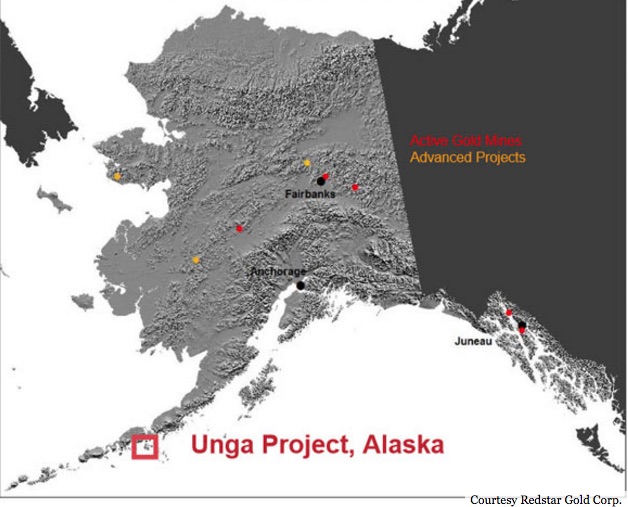
The Unga gold project is located in the Aleutian Islands of Alaska, at the site of the state’s first gold mine.
Achieving a successful drill program was one of the goals of Ball, a mining industry veteran who joined Redstar in January after working for Columbus Gold (TSV:CGT) as senior vice-president, business and corporate development. The 49-year-old has 25 years of industry experience on his resume including stints with Hudson Bay Mining & Smelting, Echo Bay Mines Ltd., RBC Dominion Securities, Eldorado Gold (TSX:ELD), Adriana Resources (TSXV:ADI) and Argentex Mining (TSXV:ADX).
]”I believe if we can highlight to the market through the upcoming assays, the potential panel, people will start doing the math that there’s a lot of ounces sitting up there”: Redstar Gold president and CEO Peter Ball.
In an interview with MINING.com, Ball explained how the stars are aligning for Redstar and the Unga project, which despite being early-stage, is attracting interest from institutional investors, including some influential gold funds. But first, a little history.
The company known as Redstar Gold started about five years ago, when the $50-million market cap junior was working to advance the Newmann Todd gold project, located in the Red Lake greenstone belt in Ontario, Canada. While management at the time spent around $12-million advancing the property, including the completion of a preliminary economic assessment, the firm fell on hard times after the death of its CEO. Newmann Todd remains a key part of Redstar’s portfolio, but ownership of the deposit is now split between Redstar, which has a 30% interest, and Confederation Minerals (TSCV:CFM), which retains the majority 70% stake.
Enter Jacques Vaillancourt, the former managing director and head of European equity products at BMO Capital Markets. Vaillancourt began scouting around for a gold mining opportunity, and found it in the Unga gold project. In 2013 Vaillancourt acquired Unga from Full Metal Minerals, then set about restructuring and recapitalizing Redstar Gold to focus on the development of the Unga project. Along with hiring Ball, Redstar also brought on board Jesse Grady as vice president, exploration to head up the drill program. According to his bio, Grady has extensive experience in Alaska where he managed exploration and delineation of gold-copper deposits.
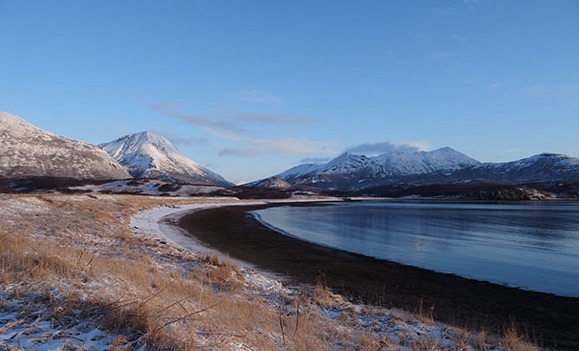
Baralof Bay on Unga Island. Photo courtesy of Redstar Gold Corp.
Located at the end of the Aleutian Peninsula in the Shumagin Island chain, the 240-square-kilometre Unga gold property has a host of historical drill results that have yet to be consolidated into one NI 43-101-compliant resource estimate. The project contains two mineralized trends totalling about 20 kilometres. Along one of those trends sits the past-producing Apollo-Sitka mine, which was Alaska’s first gold mine.
According to Ball, the underground Apollo-Sitka mine produced about 150,000 ounces, at about 10 g/t, but stopped mining in the 1920s when miners hit sulphides in the southern trend. But the Shumagin zone, where Redstar just finished drilling, contains no sulphides, or less than 1%.
“The key thing is at surface we’re looking for rhodochrosite brecciated veins. Historically when you hit that type of rock it carries grade,” he said.
He notes that Shumagin is just one of up to a dozen gold zones, containing between 25 and 35 kilometres of veins. Assays have not yet been delivered, but recent and historical drilling suggests the Shumagin zone could host a panel containing at least a million ounces of gold and silver, and no base metals, according to Ball.
Redstar says Unga’s geological profile is similar to the Kupol property in Russia, sold to Kinross Gold (TSX:K) in 2010, and Cerro Negro in Argentina, which Goldcorp (TSX:G) paid $3 billion for through the acquisition of Andean Resources.
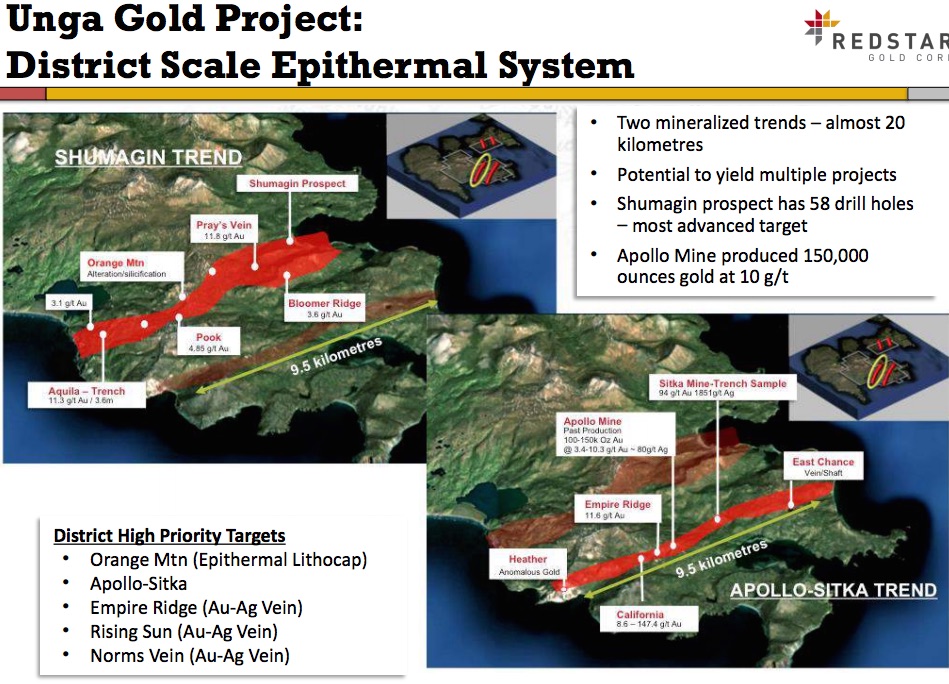
Image from Redstar Gold’s corporate presentation, November 2016.
Ball said one of the most interesting parts of the Redstar story is the interest it has generated from several top gold fund managers, who have sent technical teams to vet the project. These include Geologic Resource Partners, Odey Asset Management, Gold 2000, U.S. Global Investors, Gabelli Capital, and Smith & Williamson. In September Redstar closed a $4.6 million financing, and announced that legendary investor Eric Sprott took an 11.6% interest in Redstar through the purchase of 9.6 million shares. After bringing in $3.6 million in October through exercising warrants, the company has $7.5 million in its treasury and no debt.
Ball said he’s had a number of expressions of interest from major mining companies in the project, which is unusual considering its early stage. “It’s one of those animals that’s garnering attention because of the grade and the location,” he says, noting the project’s 57 degrees latitude means a temperate climate, comfortable for exploration and mining. Nearby infrastructure includes a paved airstrip with regular flights from Anchorage, and a deep-water port at the town of Sand Point.
Ball said between the interest from fund managers and majors, the just-completed drill program and the financing, it’s a “TSN turning point” for Redstar.
“I believe if we can highlight to the market through the upcoming assays, the potential panel, people will start doing the math that there’s a lot of ounces sitting up there,” he said.
Disclosure: Redstar Gold Corp is an advertising client of MINING.com.
More News
BHP considered separation of iron ore, coal: Reuters
BHP is currently the third-largest producer of iron ore and a major producer of met coal.
April 02, 2025 | 11:57 am
Korea Zinc agrees 52% cut in fees to turn Teck’s ores into metal
The annual deals for concentrates produced at Teck’s Red Dog mine in Alaska are often used as the benchmark for other deals in the zinc industry.
April 02, 2025 | 10:45 am
{{ commodity.name }}
{{ post.title }}
{{ post.excerpt }}
{{ post.date }}

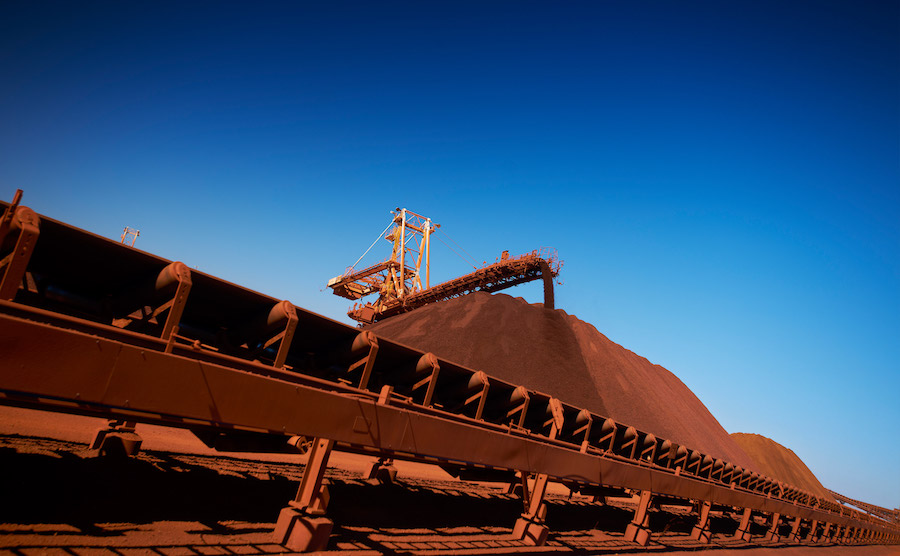
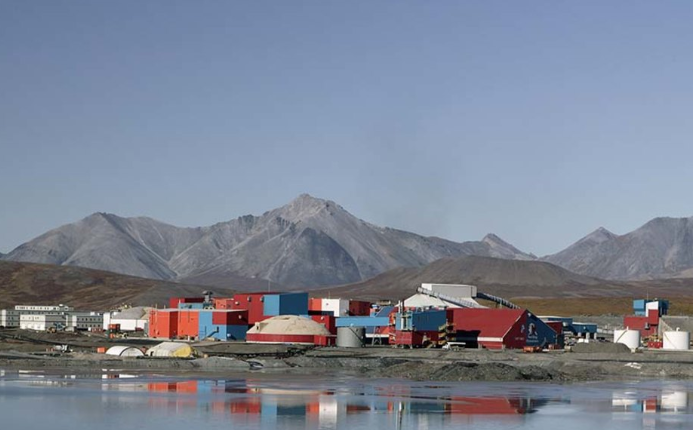
Comments